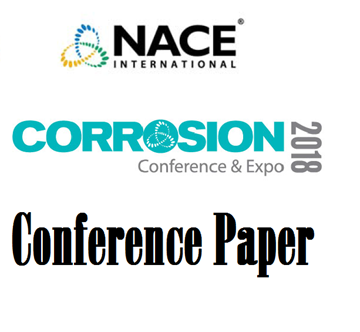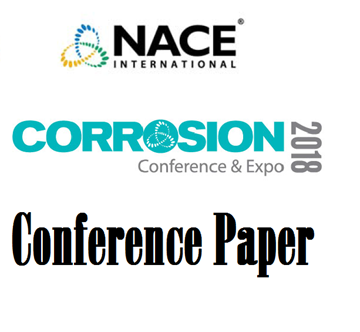Search
Products tagged with 'compatability'
View as
Sort by
Display
per page
51318-10993-Optimizing Biocide Selection for Stimulation Applications
Product Number:
51318-10993-SG
Publication Date:
2018
$20.00
51318-11054-Extending Phosphonates Performance in Cooling Water Systems Operating Under Stressed Conditions
Product Number:
51318-11054-SG
Publication Date:
2018
$20.00
Development of a concentrated corrosion inhibitor compatible with produced water brine and scale inhibitor
Product Number:
51320-14668-SG
Publication Date:
2020
$20.00




